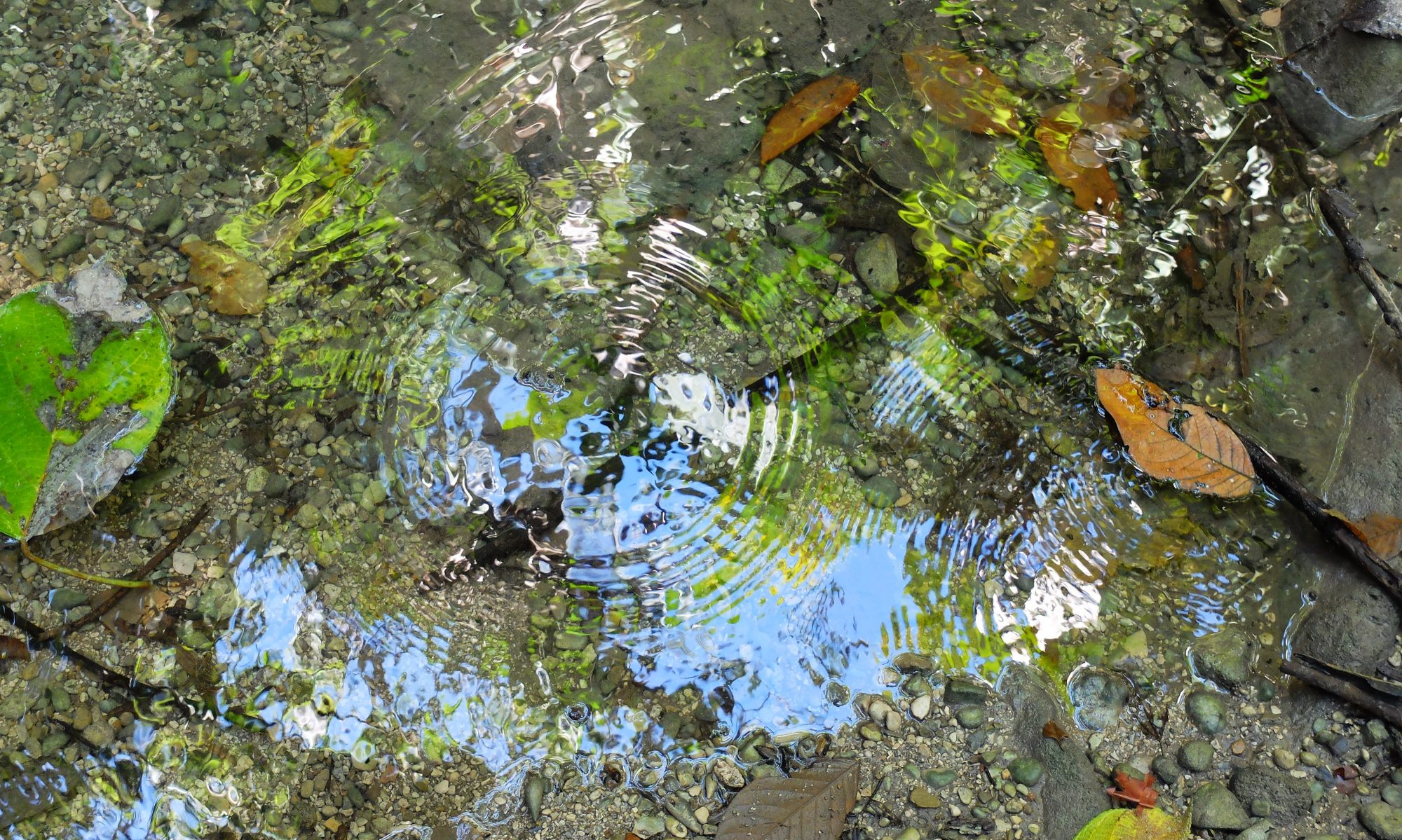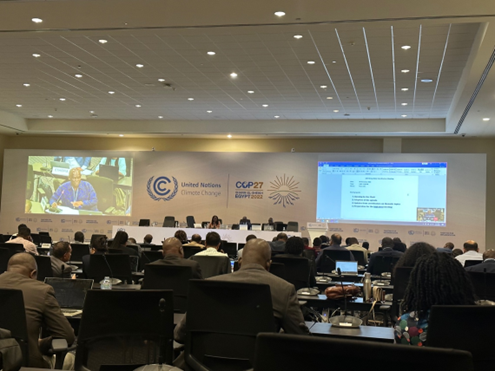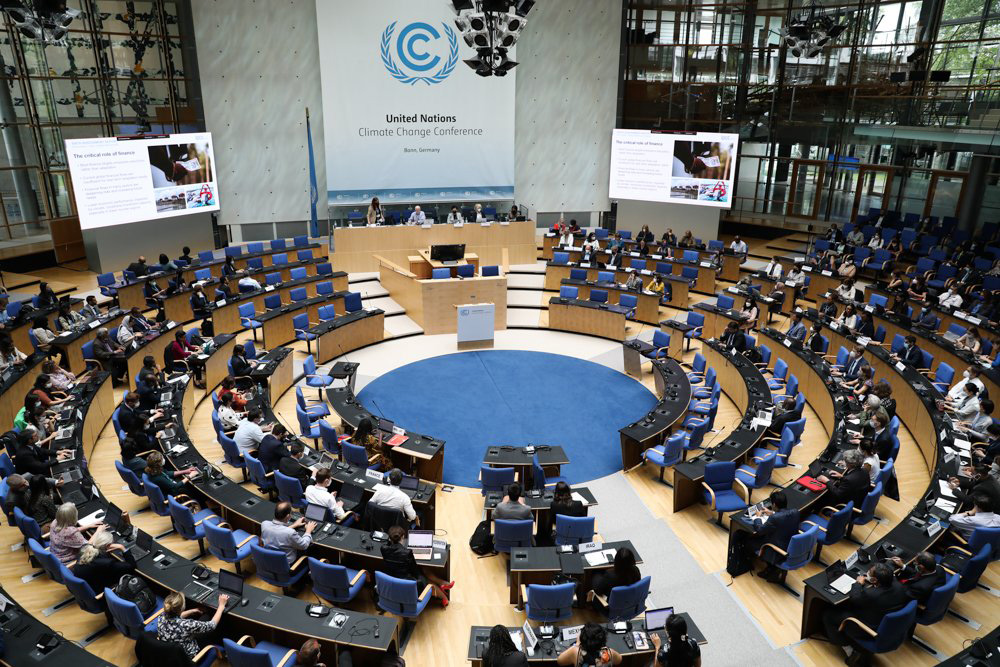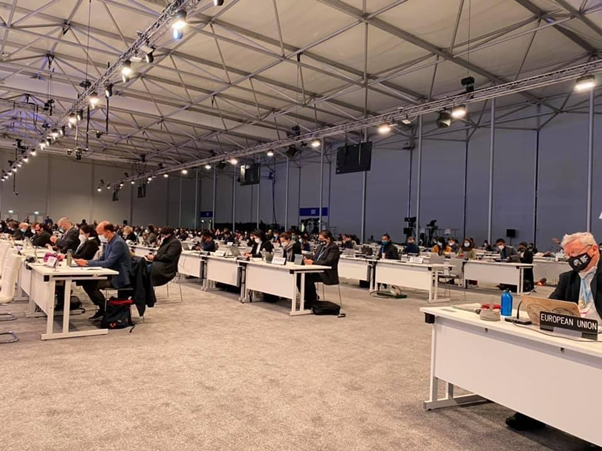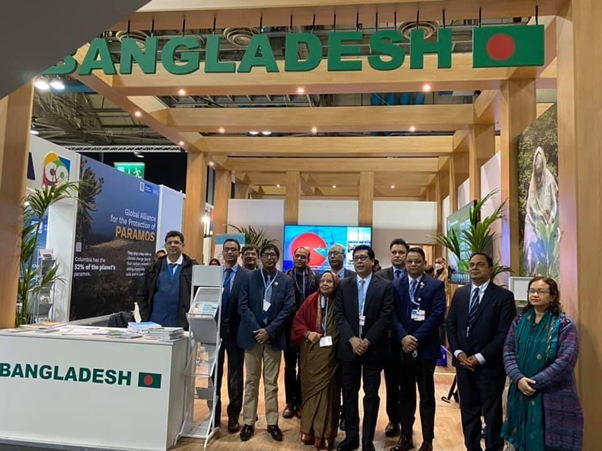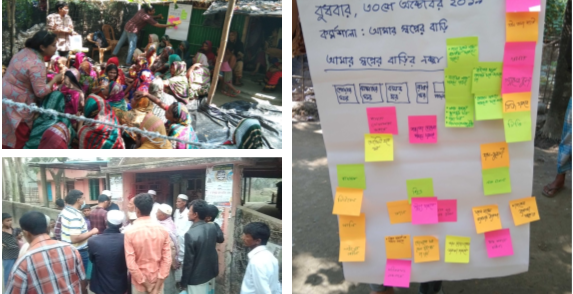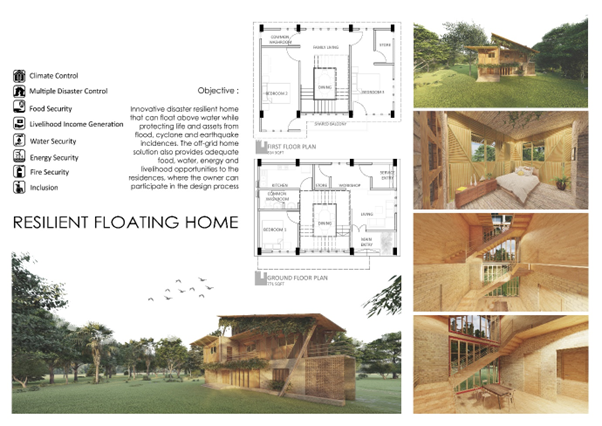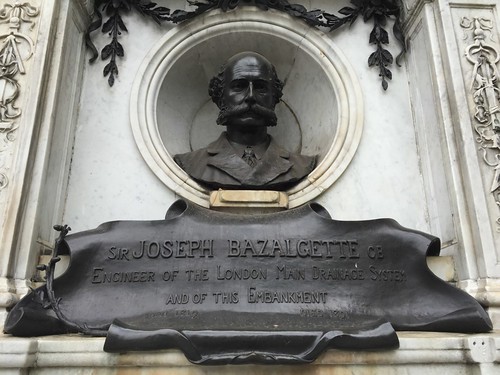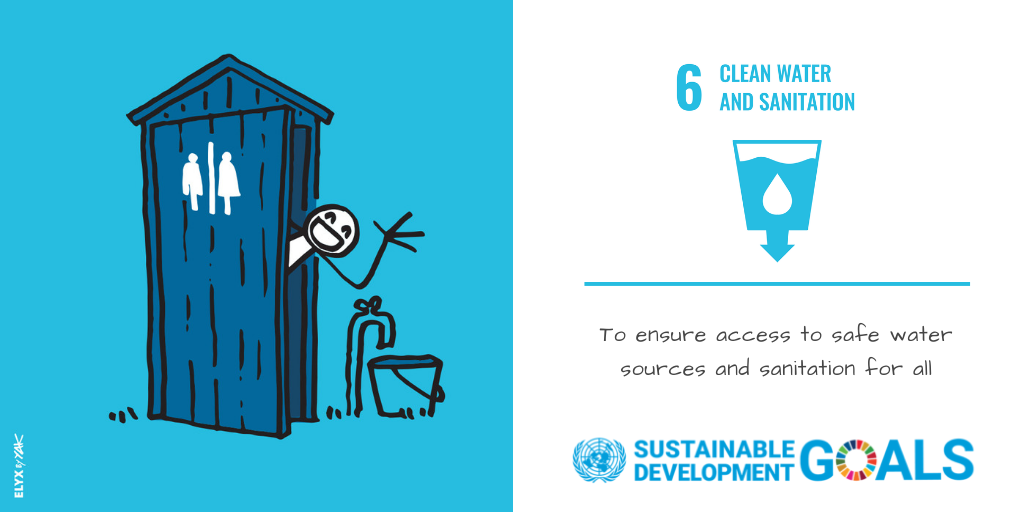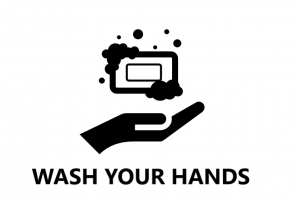World Water Day series – post by Dr Simon Cook
Glacier ice covers about 10 % of the Earth’s land surface, and therefore represents a major store of fresh water. Indeed, it is estimated that almost 2 billion people are dependent to some extent on meltwater from snow and glaciers for drinking water, agriculture and hydropower. However, glaciers in most parts of the world are receding and thinning in response to climate change, which threatens the water security of millions of people over this century. At the same time, the loss of glaciers and thawing of permafrost, particularly in high-mountain regions, such as the Andes and Himalaya, often leaves these landscapes in a more dangerous state – they are more prone to landslides, catastrophic floods from meltwater lakes (known as glacial lake outburst floods, or GLOFs) and, alarmingly in recent years, wholesale collapse of glaciers from mountainsides. At the UNESCO water centre in Dundee, we are trying to understand these rapidly changing environments and find solutions to the challenges that these changes present.
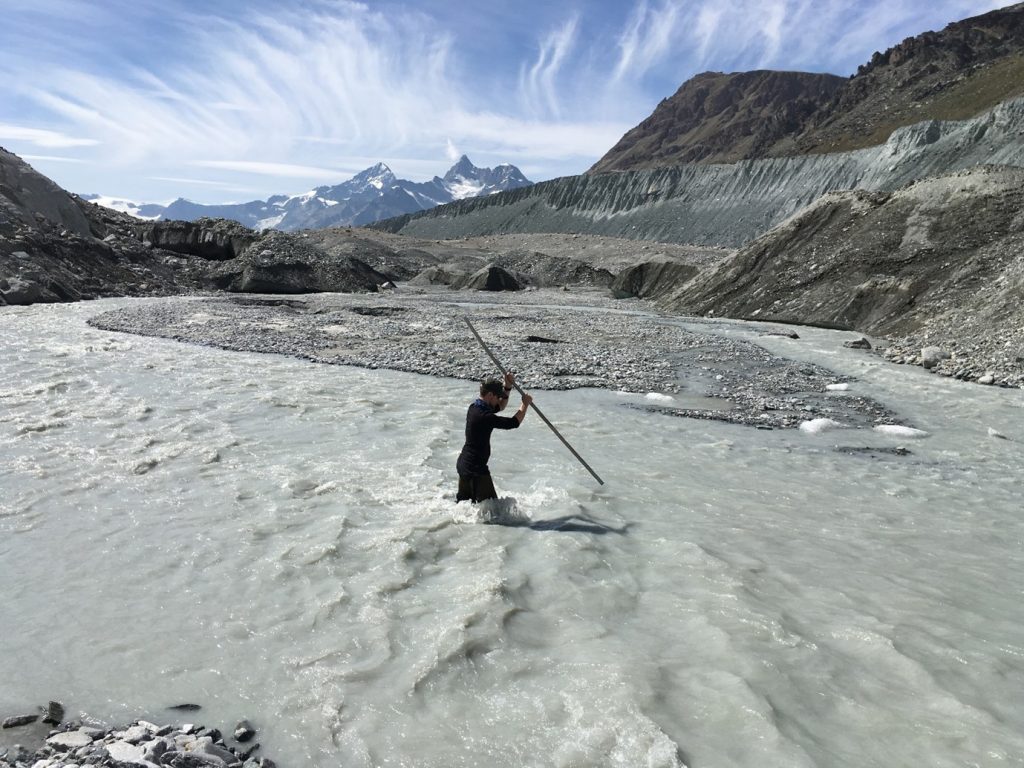
Starting with the glaciers themselves, we have been working with our partners to quantify rates of glacier shrinkage at different locations around the world. For example, our work has shown that glacier loss in the Himalaya has increased by a factor of ten in recent decades compared to the long-term average measured over several centuries. This is likely a consequence of modern climate change driven by human activity.
Predicting the impact of climate and glacier change on water resources is particularly important. For the Upper Indus Basin, which is crucial for water supply in Pakistan, we have shown that climate change will have complex impacts on precipitation in addition to substantial warming this century. Importantly, our modelling predicts that peak river flows will occur 1 month earlier through this century as ice and snow begin to melt earlier in the year. This will have important implications for irrigation and agriculture in this region. Indeed, our work shows that climate change in this region has already been having an impact on river flows and the seasonality of vegetation productivity.
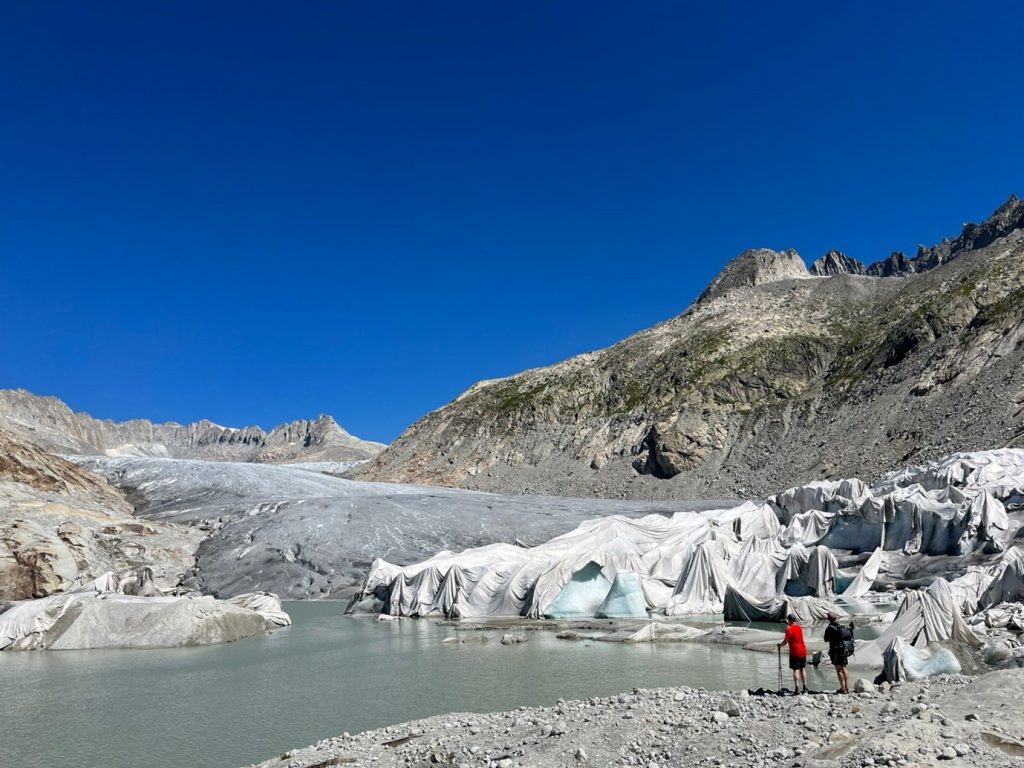
As glaciers shrink, their ability to supply sufficient amounts of water to downstream populations diminishes. At the same time, glacier recession commonly leads to the development of meltwater lakes. These lakes represent both an opportunity and a risk. On the one hand, these lakes represent natural reservoirs that can be used for water supply, or to drive hydropower. On the other, these lakes can burst, causing devastation downstream. We have documented hundreds of such events in the Bolivian and Peruvian Andes for the last few hundred years, with some evidence that their frequency has increased in recent years. Our PEGASUS project seeks to work out which of these developing lakes may be used safely for water supply as glaciers shrink in the Peruvian Andes, and which ones may need continued monitoring or remediation to reduce flood risk.

The risks of rapidly changing high-mountain environments are clear. Our work on the February 2021 Chamoli disaster in the Himalaya revealed that a huge wedge of glacier ice and rock detached from a mountainside, cascading 1800 m into the valley below. As it did so, the ice and rock were pulverised, generating a massive debris flow that destroyed two hydropower stations, with the sad loss of about 200 lives. We have been working with international partners to develop techniques and risk assessment protocols that allow us to better anticipate a range of hazard events in high-mountain regions including GLOFs and mass movements, and to highlight areas where more work is still needed.
Finally, it is important to communicate our research findings to the public, as well as provide expert opinion on glacier and climate change-related events as they unfold. Our expertise has featured across local, national and international media to help inform the public about events such as the 2022 Pakistan floods, the 2022 UNESCO report on glacier recession, and the challenges and progress made at the COP26 and COP27 climate summits. We hope that through our science and public engagement, people become more aware of the critical role that ice and snow play in the world’s mountain environments, and in global water, energy and food security, as well as the importance of our collective actions in combating climate change.
